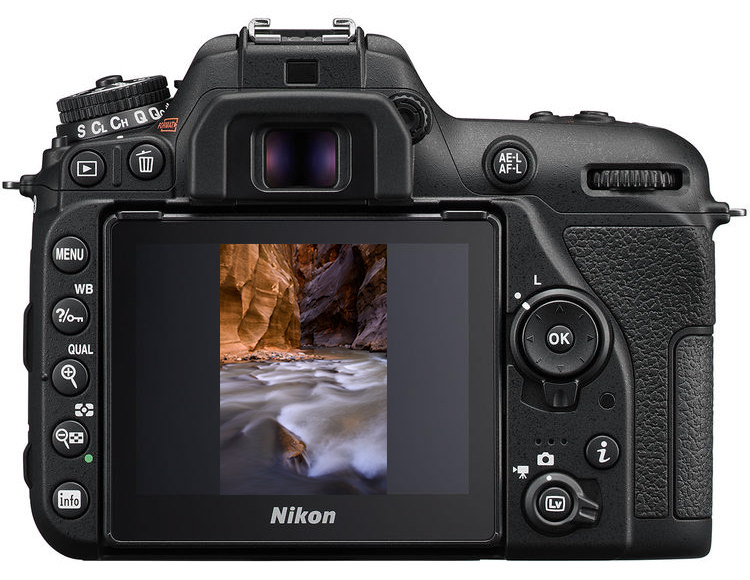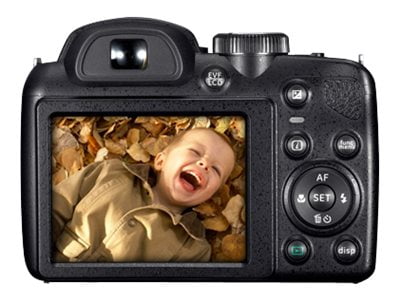
- #GE X600 CAMERA GET SHARP CLEAR PHOTOS HOW TO#
- #GE X600 CAMERA GET SHARP CLEAR PHOTOS FULL#
- #GE X600 CAMERA GET SHARP CLEAR PHOTOS FOR ANDROID#
The moon’s brightness will then wash out the details. If you use the camera's automatic settings, it's likely to get confused and the shutter will stay open too long. Why is this? Put simply, the moon is a very bright on a very dark background.

Most pictures of the moon fail to capture the tiny details that we see when we look at it.
#GE X600 CAMERA GET SHARP CLEAR PHOTOS HOW TO#
How To Capture All The Little Details In The Moon Try a crescent moon so you can include the moon along with the sunset. Don't let that limit your options though.
#GE X600 CAMERA GET SHARP CLEAR PHOTOS FULL#
The full moon also rises and sets at the same time as the sun, so you'll be able to get some spectacular shots with the sky still partially illuminated by the sun. The moon is brightly lit, and you won’t get the crescent like here where the dark part of the moon is too dark while the lit part is too bright. The full moon is the best time for photography.
#GE X600 CAMERA GET SHARP CLEAR PHOTOS FOR ANDROID#
I use Moon Phases Lite for Android and Moon for iPhone. The moon isn’t on the same daily schedule as the sun, so get an app for your phone that will tell you when the moon enters each phase, and rising and setting times.

That’s when you can frame it with other elements in the image like buildings, mountains, and clouds. You want to catch the moon as it is rising above the horizon. The same applies to photographing the moon. You probably already know that the best times for outdoor photography are the early morning and twilight hours, known as the golden hour. Just like everything else in photography, there is a good time and a not-so-good time to take pictures. A good tripod will save you a lot of frustration. When you zoom in as much as you’ll be zooming in here, your images will be a lot more susceptible to camera shake. They are worth looking into if you plan on making the moon a serious staple in your photography. If you own a Point and Shoot camera or a bridge camera that can't swap lenses, you can purchase teleconverters that can get you to 200mm. Note that rather than purchasing a very expensive 800mm lens, I recommend you use a 400mm and crop the image. And it fills the frame when you increase the zoom again to 800mm. When you increase the zoom again to 400mm, the moon now looks as you would expect. Increase to 200mm and it looks better, but is still not the focal point of the photo.

When you use a 100mm lens, the moon doesn't take up much of the photo at all. These lenses allow you to get in close enough to make the moon the highlight of your image. Although if you can afford it, I'd recommend using a 400mm or 500mm lens. That means owning a digital SLR and equipping it with a telephoto lens that, at the very least, allows you to zoom in to 200mm. The moon is very far away, and you’ll need to magnify it as much possible in your image. Normally I shy away from recommending you purchase additional equipment to take your photos, but in this case, you will need to. Watch my video presentation, or read the article below.


 0 kommentar(er)
0 kommentar(er)
